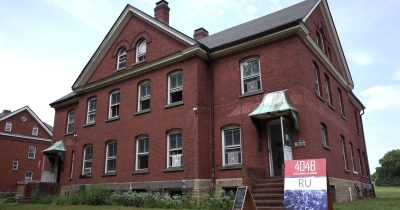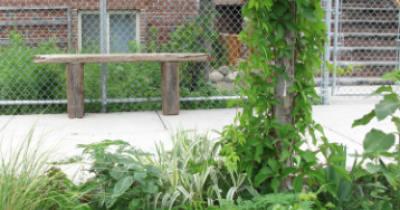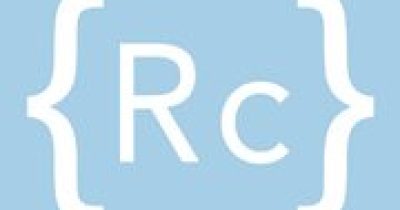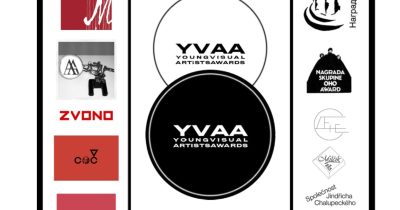“as is” by Tomás Cunha Ferreira
January 13th – February 17th
The opening will be preceded by a performance by the artist at the Emily Harvey Foundation located at 537 Broadway at 4 PM.
Emmanuel Barbault Gallery
325 Broome Street | New York | NY 10002 | 518-635-7198
Finding Our Tongues
If you ask me about the meaning of Tomás Cunha Ferreira’s work, if I’m questioned about what he’s been up to, swaying to and fro between word and image, between poetry and painting, I can only answer: he’s been searching for our tongues. Usually, neuroscientists or paleo-anthropologists are the ones concerned with the task of finding the origin of languages. But we must recognize – they are not the only ones. An artist like Tomás Cunha Ferreira does nothing but to find out what kind of a trick this is, how and why humans come to it, how its cloth unfolds, and what astounding secret determines that at the roof of the mouth should burst, not only audibly but also visibly, all languages.
Of course Tomás Cunha Ferreira plays around, and in his art lies a ludic project to clutter established formats, to unravel the borders of know-hows, redistributing in unpredictable ways supports and representation roles: reminding that linguistic elements have a triadic purpose (verbal, vocal and visual), which must be regained; insisting that word is color and color is sound, a measure of sound; that if sound has a visuality, the visual too resonates (or can resonate) in a laboratory and performative way; that what we know of poetry gets us closer to painting and what we know of both burns better, is felt better, in the handmade edge of silence.
Of course Tomás Cunha Ferreira plays around, and there’s a wonderful sense of fun that takes us from one surprise to the other when we get acquainted with his work. But let us not deceive ourselves: his work is as specialized and meticulous as the work of a neuroscientist; he adheres to the solitude of paleontologists who worn themselves out in distant expeditions to accomplish nothing less than the identification of origins.
Two theories about the origins of language are now practically taken as given: one that we can call “communicational genesis” (where it is argued that we use language to move thoughts from our mind to another person’s mind) and another theory called “cognitive genesis” (which holds that languages have been activated not by the immediate need to communicate but by organizing our own thoughts and perceptions to ourselves). These two theses consider language as “cosa mentale”, that is, a fact that has more to do with thinking than with the body, more with the transit of reasoning than with the exchange of emotions. Nevertheless, not so long ago I read a curious essay by anthropologist Dean Falk, “Finding Our Tongues: Mothers, Infants and the Origin of Language” (Basic Books, New York 2009), in which she proposes another theory. Falk writes that each of us begins, in early childhood, to use linguistic sounds not exactly to communicate or think, but to stay in touch with those who take care of us. Words are thus the verbalization of the pleasure we feel for each other. Deep down, whatever we say, we say it to bring the other closer or to hang on to us, to delay or deny their absence, to tell how significant one is to us. Human language is, from its outset, the adventure of relationship.
Tomás Cunha Ferreira’s art describes this adventure and emphasizes it. Its program is the same: “relationship”, “put everything in relation”. And, for this purpose, he dialogues with a multitude of genealogical forerunners, of which I would like, in conclusion, to name two. The philosopher Simone Weil argued that the best translation for the prologue to the Gospel of St. John, “In the beginning was Logos” (John 1: 1) would be: “In the beginning was relation.” And the monk-poet, Dom Sylvester Houédard, who thus explained his poetry: “i see my typestracts as icons depicting sacred questions – dual space-probes of inner & outer … they should probably be viewed like cloud-tracks & tide- ripples – bracken-patterns & gull flights – or simply as horizons & spirit levels.”
This is how I see Tomás Cunha Ferreira’s work.
José Tolentino de Mendonça
(* Poet, Archivist and Librarian of the Holy Roman Church)




